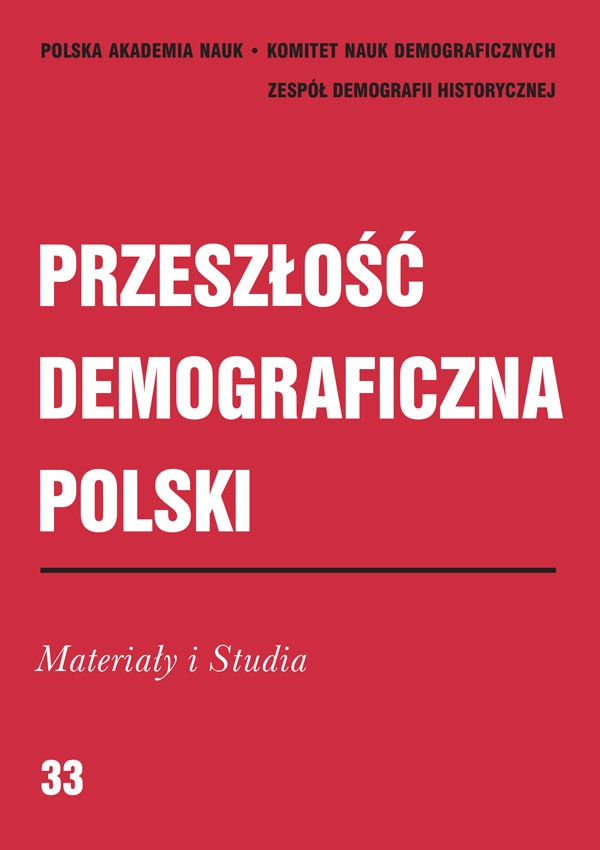O przydatności rejestrów poborowych z XVI wieku w badaniach demograficznych
Abstrakt
On the suitability of 16th-century tax registers to demographic research
The study focuses on the possibility of using land tax registers for demographic analysis of the early modern Polish nobility before the emergence of parish registers. It is based on the manuscript records of the 1565 tax register of the Łęczyca Province as well as summarised tax registers for the whole Kingdom of Poland from 1552 and 1564.
Summarised tax registers can be used to calculate the total number of the inhabitants of the Kingdom of Poland in the second half of the 16th century. Primary land tax registers make it possible to calculate the number of male children in noble families and the male replacement rate.
The number of peasant households, the most important element for calculating the number of the inhabitants of the kingdom, varied across the country from less than 1 per mansus in the north to more than 4 per mansus in the south. In the case of impoverished nobility the average number of adult children was four per family.

